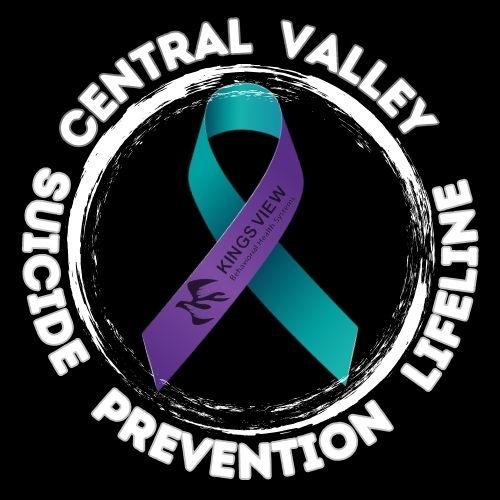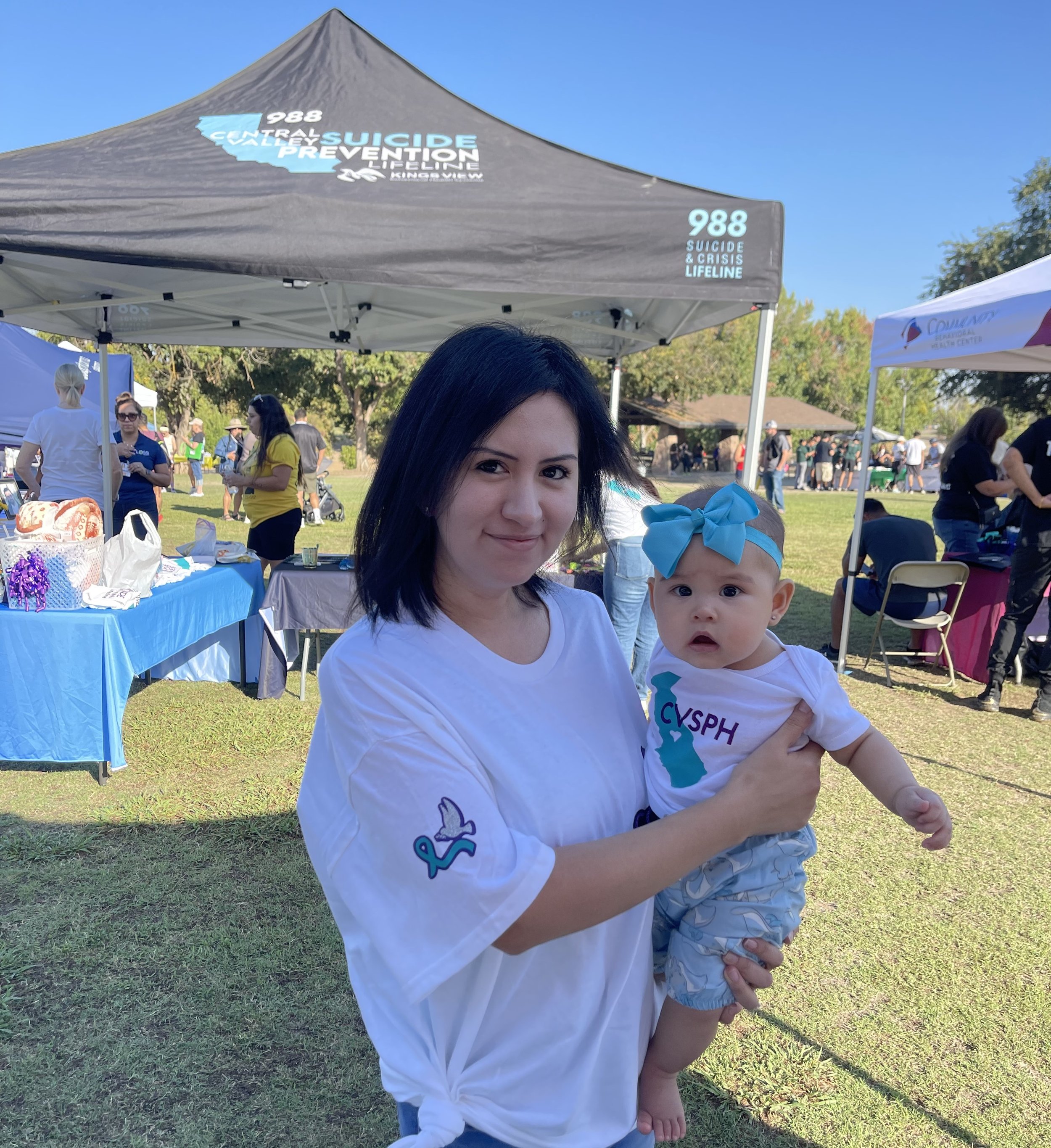CVSPH CARES
The Veterans Crisis Line has proven to be a vital resource for Veterans facing mental health and other life challenges, particularly those at risk of suicide. Veterans who contact the Veterans Crisis Line are often at a heightened risk of suicide, with a much higher rate than the general Veteran population. However, the effectiveness of the Veterans Crisis Line is evident in outcomes like reduced distress and suicidal ideation among callers. Studies show that Veterans Crisis Line callers are over five times more likely to experience decreased distress and nearly five times more likely to report less suicidal ideation at the end of their call. Additionally, 83% of callers report feeling better after reaching out to the Veterans Crisis Line. On July 30th, 2022, the implementation of the shortened 988 dialing code made accessing the Veterans Crisis Line even simpler. Veterans, service members, National Guard and Reserve members, and their supporters can Dial 988 then Press 1 to quickly connect with qualified crisis responders. This ease of access has led to an increase in call volume, spurring a targeted three-year plan for the Veterans Crisis Line that addresses clinical and business operations, quality assurance, resource management, and technology improvements. VA has also expanded mental health integration in general health services to support the broader continuum of care, increasing SPC staffing and specialized outreach.
Key Facts About Veteran Suicide
There is no single cause of suicide. Suicide deaths reflect a complex interaction of risk and protective factors at the individual, community, and societal levels.
Risk factors are characteristics associated with a greater likelihood of suicidal behaviors. Some risk factors for suicide include:
A prior suicide attempt
Mental health conditions
Stressful life events such as divorce, job loss, or the death of a loved one
Availability of lethal means
Protective factors can help offset risk factors. These are characteristics associated with a lesser likelihood of suicidal behaviors. Some protective factors for suicide include:
Positive coping skills
Having reasons for living or a sense of purpose in life
Feeling connected to other people
Access to mental health care
In addition to the protective factors described above, Veterans may possess unique protective factors related to their service, such as resilience or a strong sense of belonging to a unit. They may also possess risk factors related to their military service, such as service-related injury or a recent transition from military service to civilian life. Preventing Veteran suicide requires strategies that maximize protective factors while minimizing risk factors at all levels throughout communities nationwide.
Veteran suicide rates and numbers of deaths vary across regions and demographics. Recent data suggest that:
An average of 20 Veterans die by suicide each day. About 6 About six of the 20 are recent users of Veterans Health Administration services. On average, there are 93 suicides among the general U.S. non-Veteran adult population per day.
Overall, the trend among rates of Veteran suicide mirrors those of the general population across geographic regions, with the highest rates in western states. While rates of suicide are higher in some states with smaller populations, the largest numbers of Veteran suicides are in the heaviest populated areas of the nation.
The burden of suicide resulting from firearm injuries is high. About 67 percent of all Veteran deaths by suicide were the result of firearm injuries.
Rates of suicide are highest among younger Veterans (ages 18–29) and lowest among older Veterans (ages 60 and older).
Despite comparatively lower rates, the largest number of deaths by suicide is among middle-age and older adult Veterans. Approximately 65 percent of all Veterans who died by suicide were age 50 or older.
Considering these statistics, several organizations have bolstered prevention and intervention efforts for Veteran suicide on both local and national levels. One of the most prominent efforts is a nationally recognized program, “ACE”. The program was developed by the U.S. Army Public Health Command and is now included in the American Foundation Best Practice Registry for Suicide Prevention.
“ACE” is an acronym for the steps any person can take to help keep a Veteran at risk safe:
Ask the Veteran
Have the courage to ask the question, but stay calm
Ask the question directly: Are you thinking of killing yourself?
Care for the Veteran
Calmly control the situation; do not use force; be safe
Actively listen to show understanding and produce relief
Remove any means that could be used for self-injury
Escort the Veteran
Never leave the Veteran alone
Escort to chain of command, Chaplain, behavioral health professional, or primary care provider
Call the National Suicide Prevention Lifeline
To learn more about ACE, please visit www.army.mil.
Other initiatives such as "Mission 22" have been created to help raise awareness surrounding Veteran Suicide. Mission 22 is a large-scale public art collaborative spearheaded by Veterans with the intention of creating a way for Veterans and communities to work together. To learn more about this initiative and how to get involved, please visit http://www.mission22.com.
Mission 22 I National Veteran Non-Profit Organization
2024 National Veteran Suicide Prevention Annual Report
National Strategy for Preventing Veteran Suicide
ACE - Suicide Prevention for Veterans and Their Families and Friends












